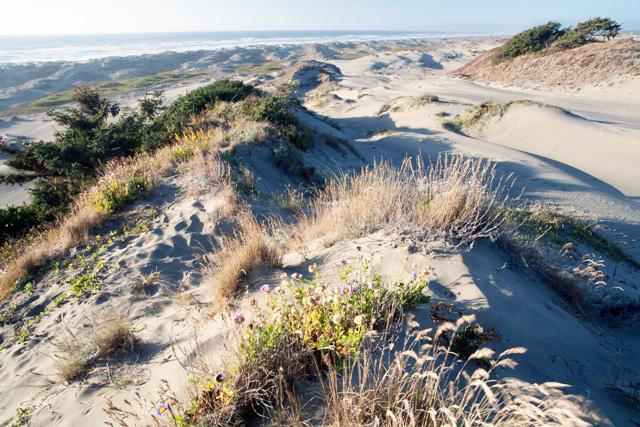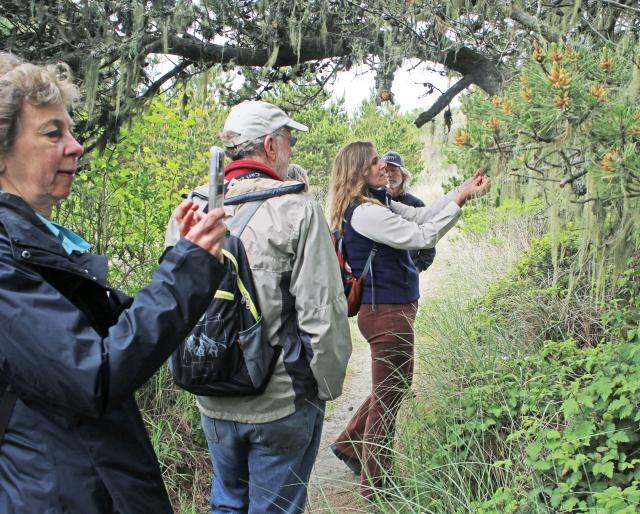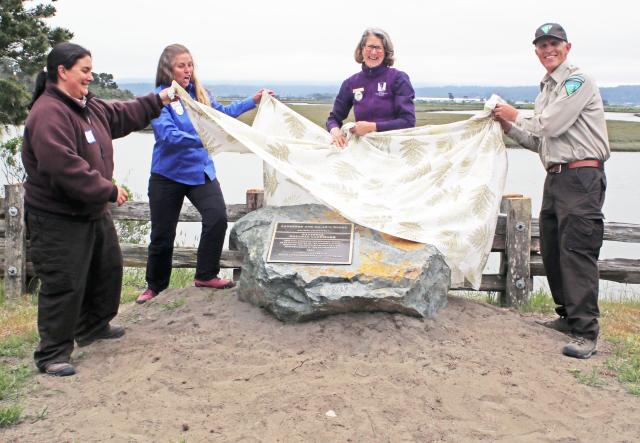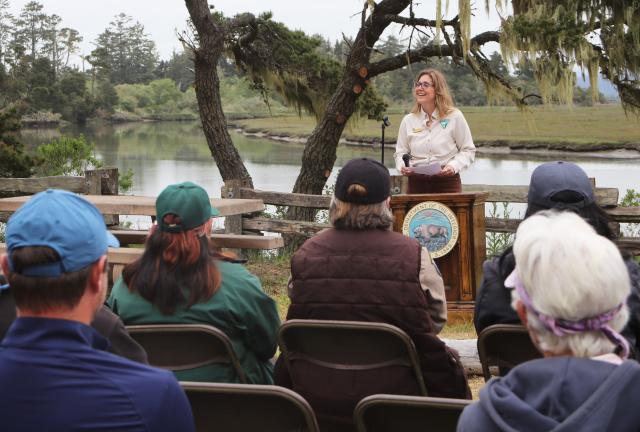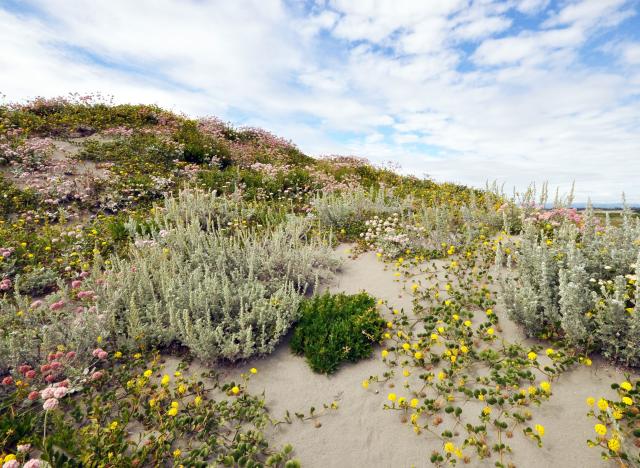Related Stories
- Nine years of partnership pays off: Fitzhugh Creek Meadow restoration achieves dramatic results
- Stewardship and smiles at Samoa Dunes: BLM California hosts National Public Lands Day event
- Lake Havasu Fisheries Improvement Program is the gift that keeps giving
- Agua Fria National Monument: A desert oasis with a rich history and a vital present
- BLM Fire and National Conservation Lands managers collaborate to meet shared goals

